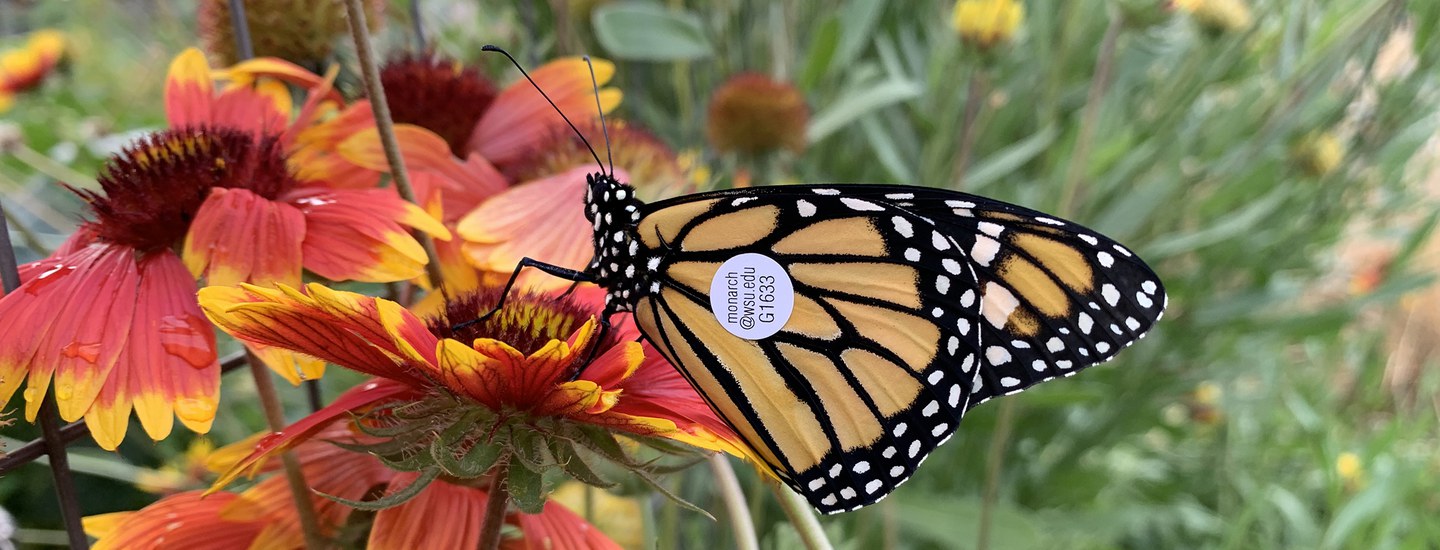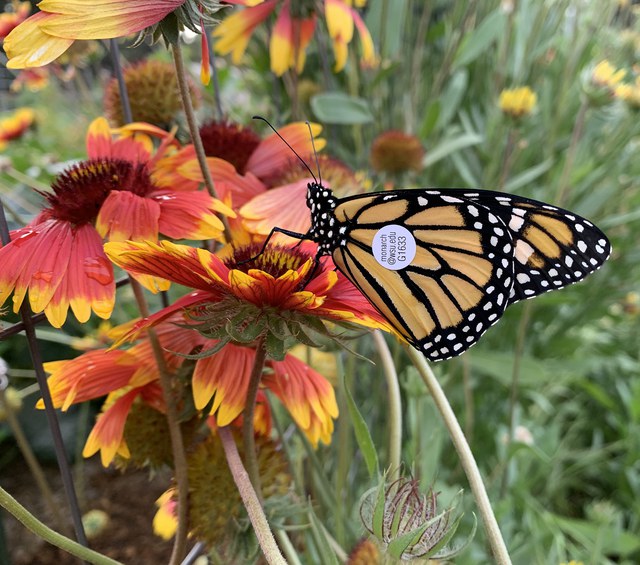Leer en español. | Download as a PDF. | Listen with an audio reader.
Monarch butterflies and other native pollinators like bees, bats, and moths play important roles in the natural world. Some pollinators—like the monarch butterfly—are struggling to thrive here in Central Oregon. The good news is you can help by planting your own pollinator garden!
Step 1: Plant milkweed to help the monarch butterfly!
Western monarch butterflies are native to Central Oregon, but their populations are in serious decline. One of the best ways to help monarchs is to plant native milkweed! We have two kinds of native milkweed in Central Oregon: showy milkweed and narrowleaf milkweed. Monarch butterflies lay their eggs on milkweed only. Planting 3-6 milkweed plants (preferably a combination of showy and narrowleaf) helps provide egg-laying space and food for newly emerged caterpillars. Our native milkweed varieties:
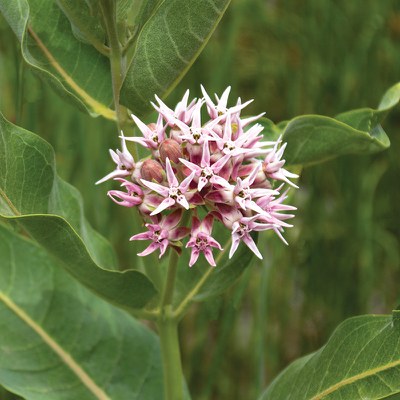
Other common names: None
This native milkweed has showy rose-purple flowers in late summer. Plants grow 18-36in tall. This milkweed likes sun and medium water. It grows via rhizomes, so be careful because it will spread!
Bloom time: Summer
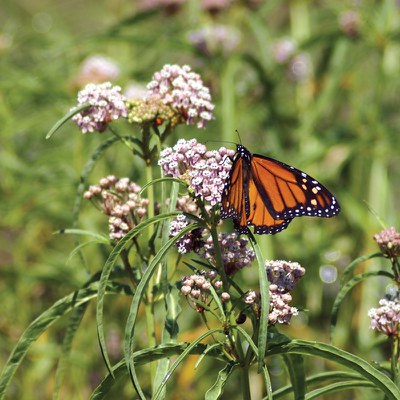
Other common names: Narrow-leafed milkweed, Mexican whorled milkweed
This native milkweed has narrow leaves, grows 12-36in tall, and has white-to-lavender colored flowers. Plant it in full sun and well-drained soil. It is drought tolerant and also spreads via rhizomes.
Bloom time: Summer-Fall
Step 2: Plant native pollinator-friendly blooms!
As you build your pollinator garden you’ll want to include other native plants with flowers. Pollinators like bees and butterflies sip nectar from these plants and then go and help pollinate other plants like the food we eat! Choose a variety of blooms that stretch from early spring through fall and use only native plants that haven’t been treated with neonicotinoids (often found on nursery plants and extremely harmful to pollinators). Here are some native blooms to get you started: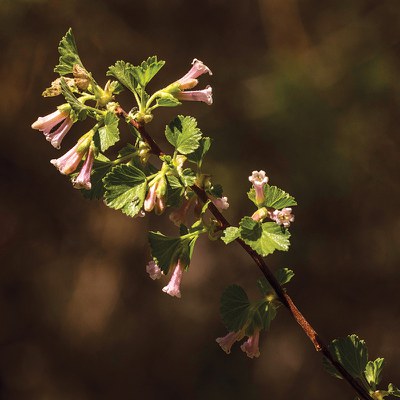
Other common names: Western red currant
An early spring blooming shrub that grows up to six feet tall, wax currant has white or pale pink flowers that hang in clusters at the tips of its branches. It attracts a large number of native bees as well as hummingbirds. Wax currant enjoys full sun in dry to moist well-drained soil and is not tolerant of shade.
Bloom time: Spring

Other common names: Orange globe mallow
This showy native has beautiful bright orange blooms and sage-colored to dark green leaves. Grows 8-32 inches tall. It does well in dry or rocky soils, especially volcanic soils. Globemallow attracts many species of bees, including some which require pollen and nectar only from this plant!
Bloom time: Summer
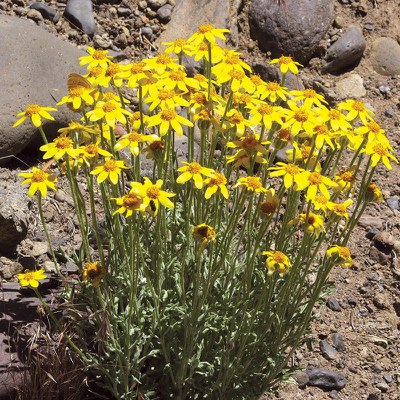
Bright yellow mini sunflowers blanket this native. Oregon sunshine grows 4-24in tall and likes dry soils. Seeds spread easily! Attractive to butterflies, bees, moths, and beetles.
Bloom time: Summer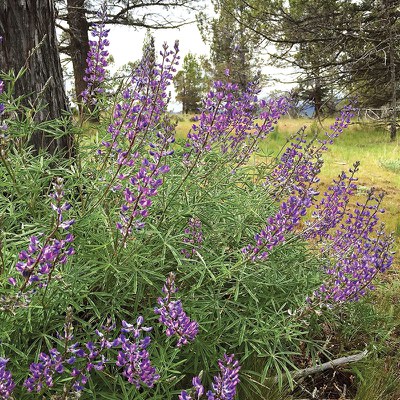
Other common names: Many depending on the variety!
There are many kinds of native lupine. Plant sizes range from short, low-growing varieties that like dry soils, to tall bushes that would grow along a river. Most flowers are purple, blue, or lavender. Lupine typically grow on erect stems coming from basal leaves. Pick your favorite to complement bloom times of your other garden plants. Lupine attract butterflies and bees.
Bloom time: Summer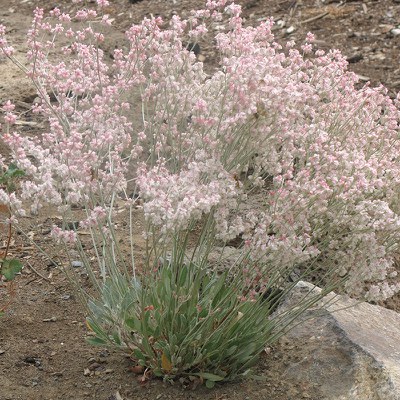
Other common names: None
A low-growing, drought tolerant native. Snow buckwheat has sage green leaves, tall stems that are covered with white hairs, and white or light pink flowers. Flowers cover this 20 inch tall plant and provide late-season food for native bees and butterflies. Snow buckwheat enjoys rocky soils.
Bloom time: Late Summer-Fall
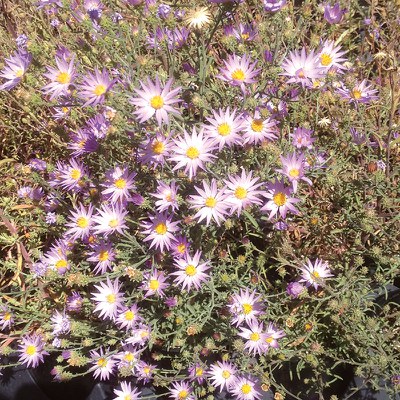
Other common names: None
This aster family native is covered with bright purple ray flowers. Plants grow 6-30 inches tall with diffuse branching, making them a little bushy. Hoary asters like dry soils and limited water. They are visited by sweat and honey bees as well as cabbage white butterflies and moths.
Bloom time: Late Summer-Fall
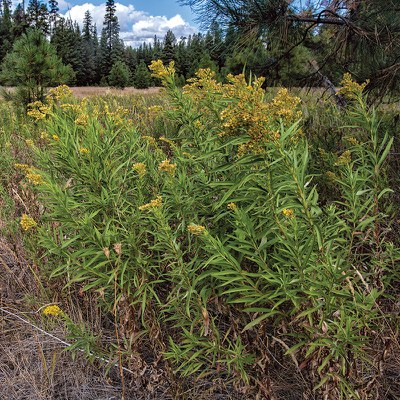
Other common names: Meadow goldenrod
A 2-5 foot tall plant topped with a large club-shaped cluster of yellow flower heads that blooms in early fall. Goldenrod spreads via rhizomes, so plant carefully! It likes full to part shade, medium water, and tolerates a variety of soil types. Goldenrod provides nectar for bees, monarchs, hummingbirds, and other insects.
Bloom time: Late Summer-Fall
Learn more:
- Find other Central Oregon pollinator plants to grow with this hand sheet organized by native wildflower bloom times.
- Visit the Land Trust's monarch and pollinator hub

